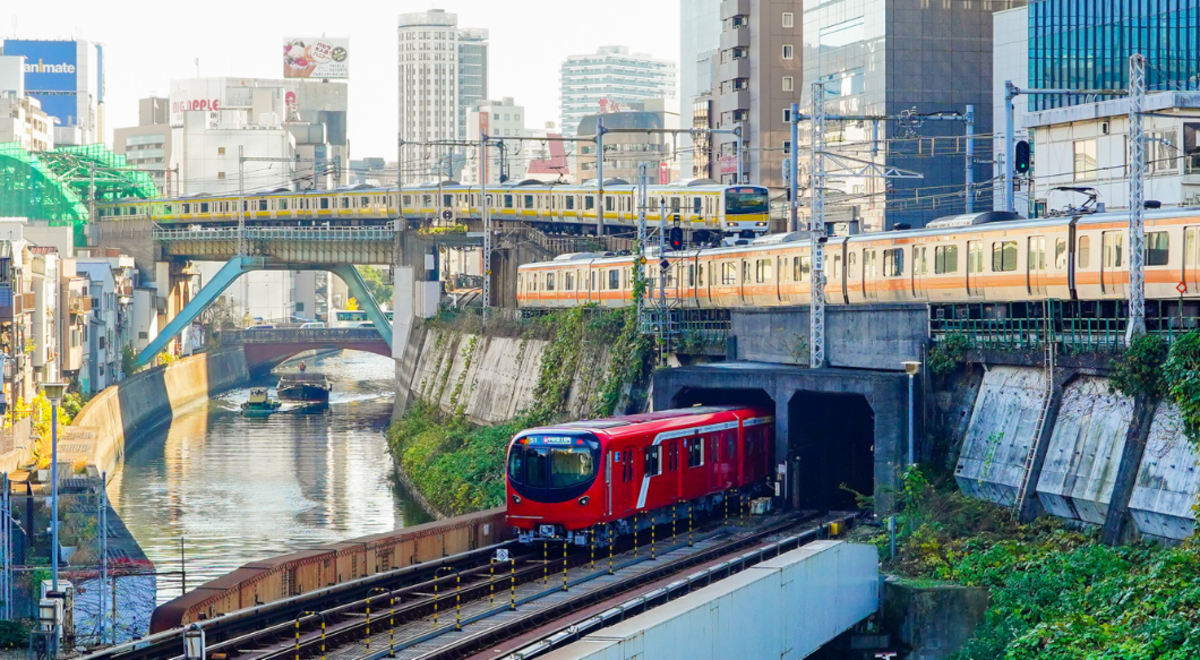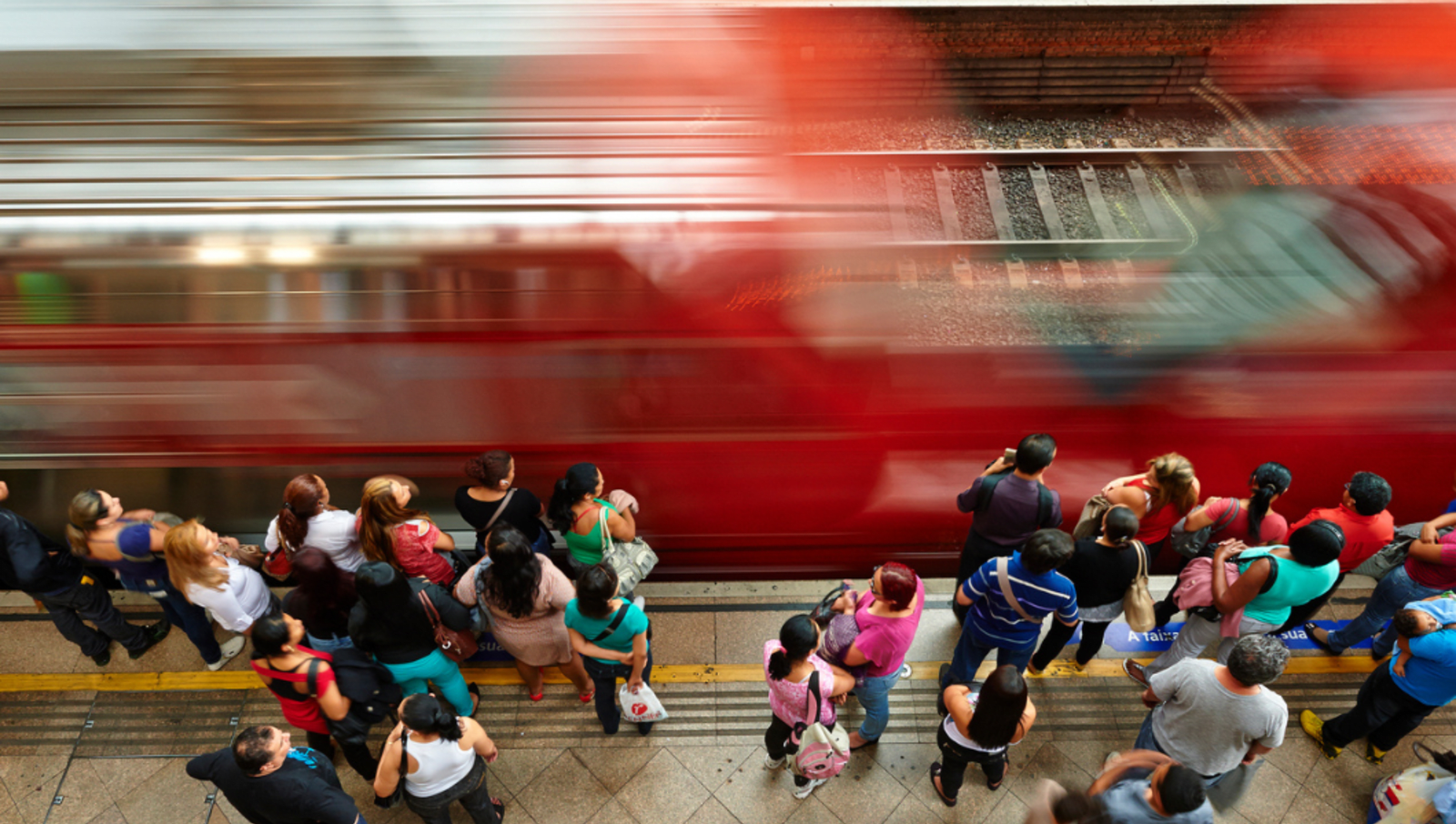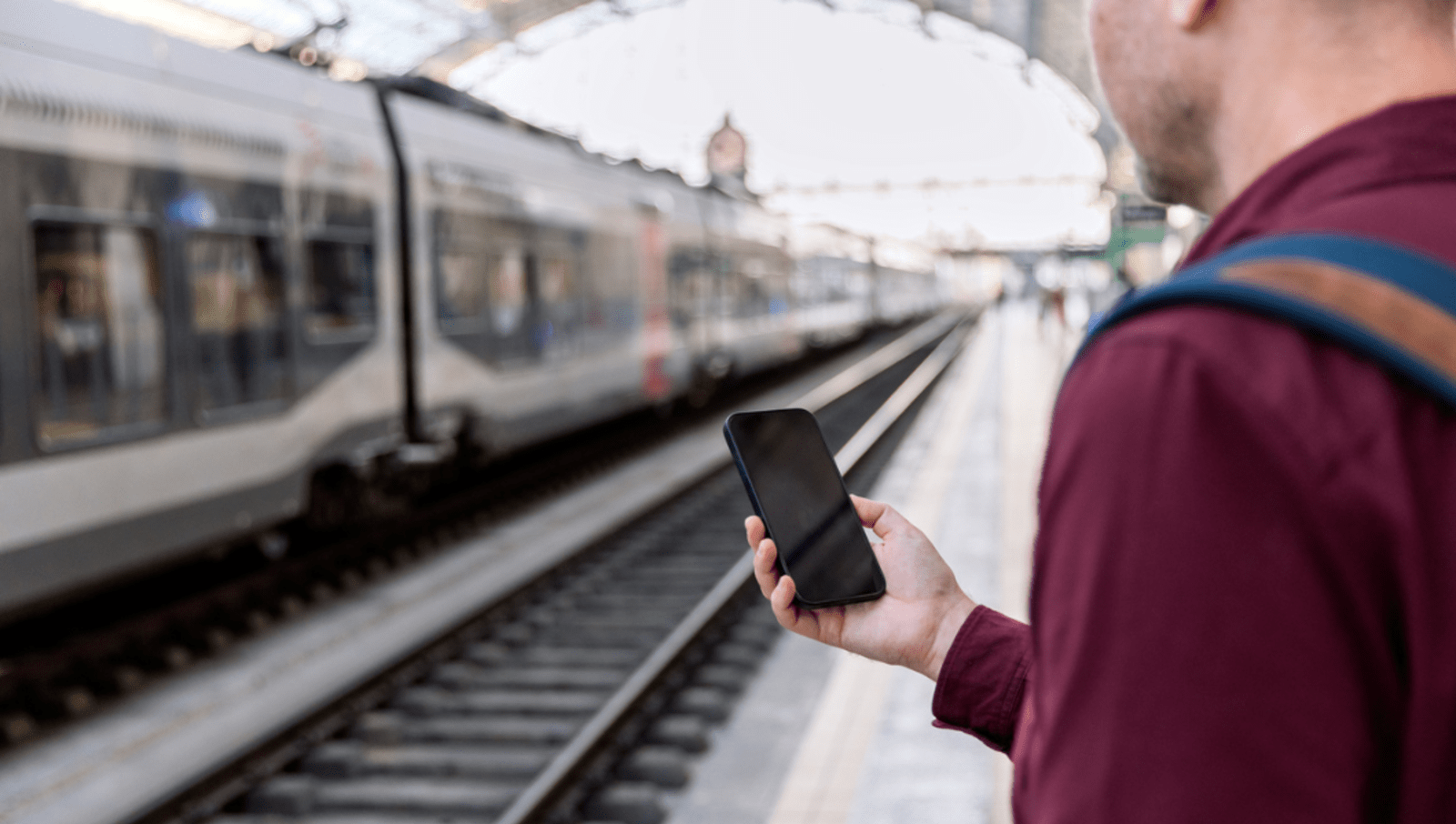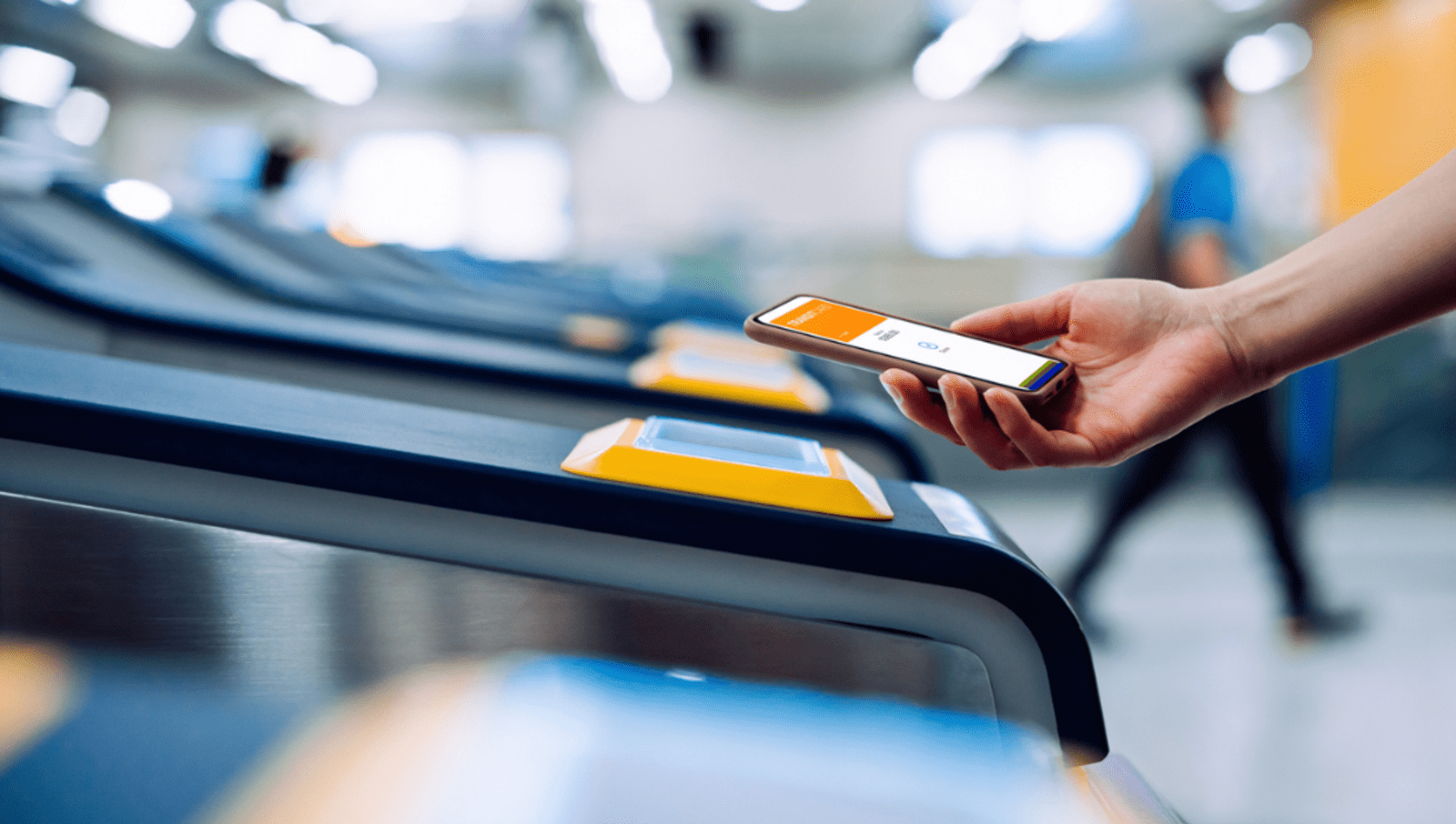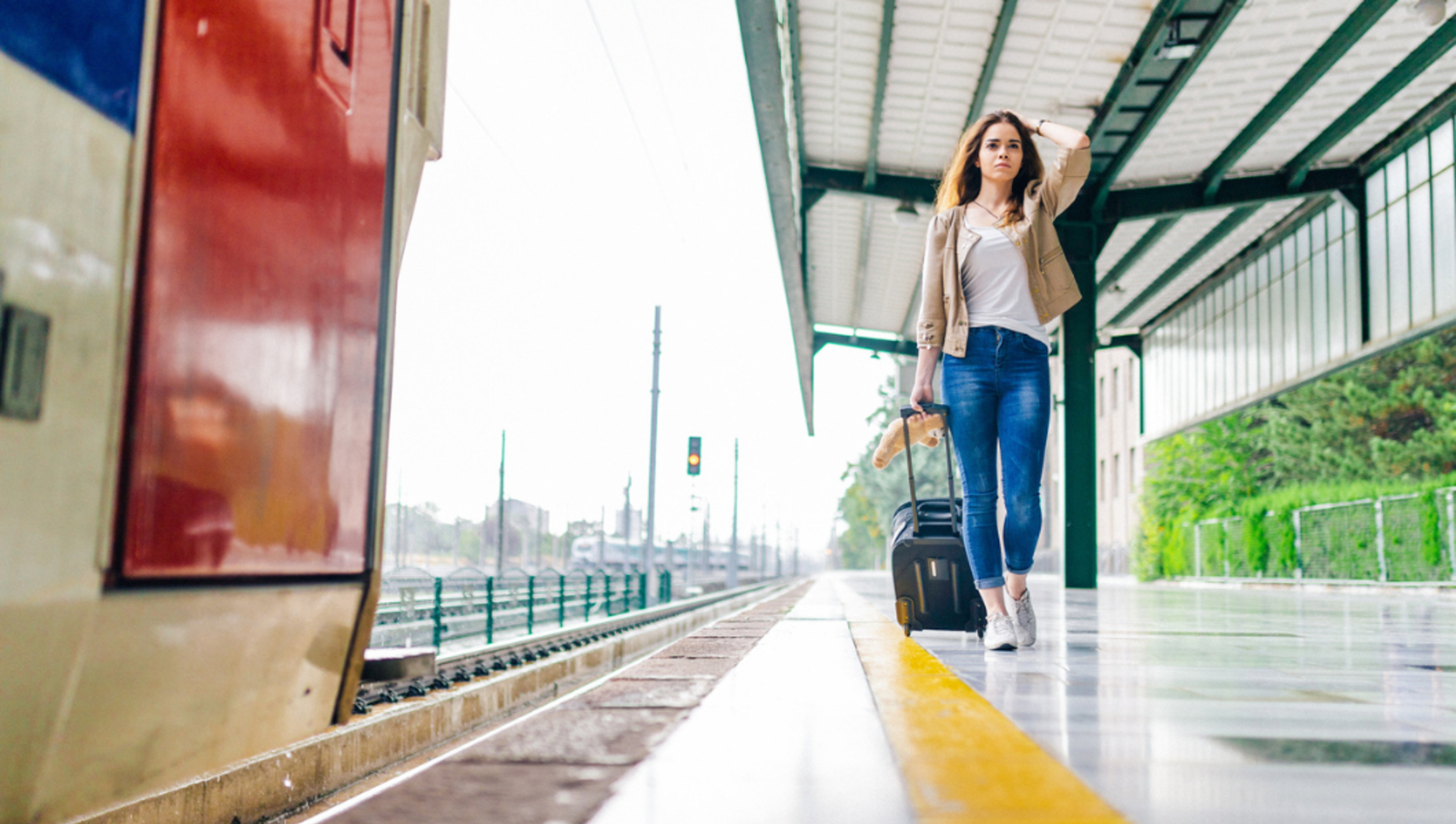...loading
Site quick links
Flight Centre acknowledges the Traditional Custodians of Country throughout Australia.
© Flight Centre Travel Group Limited. ATIA Accreditation No. A10412.
*Travel restrictions & conditions apply. Review any specific conditions stated and our general terms at Terms and Conditions. Prices & taxes are correct as at the date of publication & are subject to availability and change without notice. Prices quoted are on sale until the dates specified unless otherwise stated or sold out prior. Prices are per person. We charge an Online Booking Fee for flight bookings made online. This fee is charged in addition to the advertised price and displayed fares. Merchant fees apply and depend on your chosen payment method. View Booking Terms and Conditions for more information.

